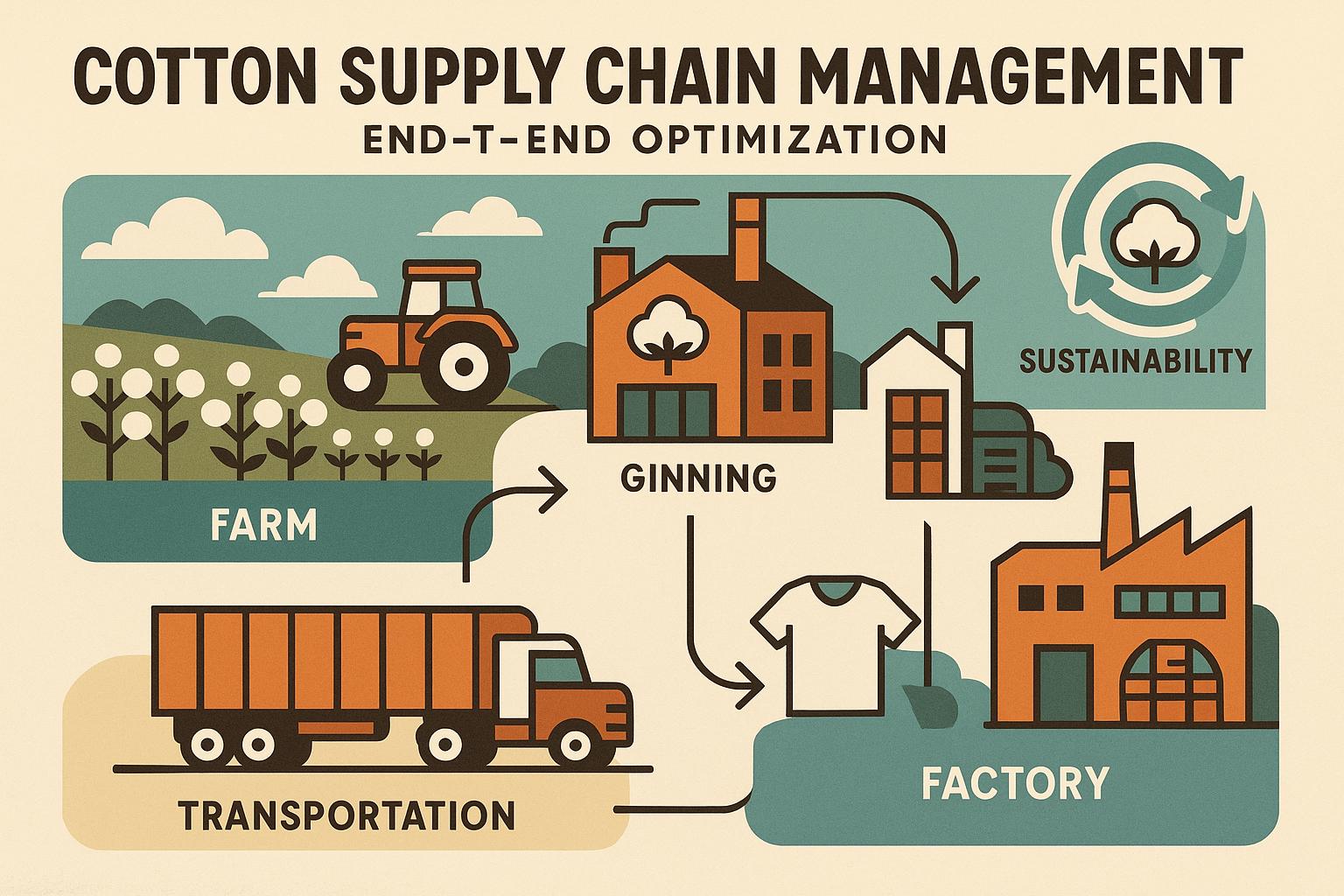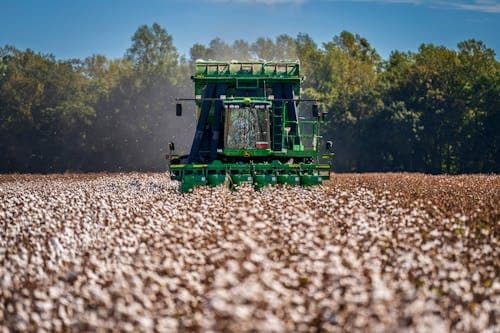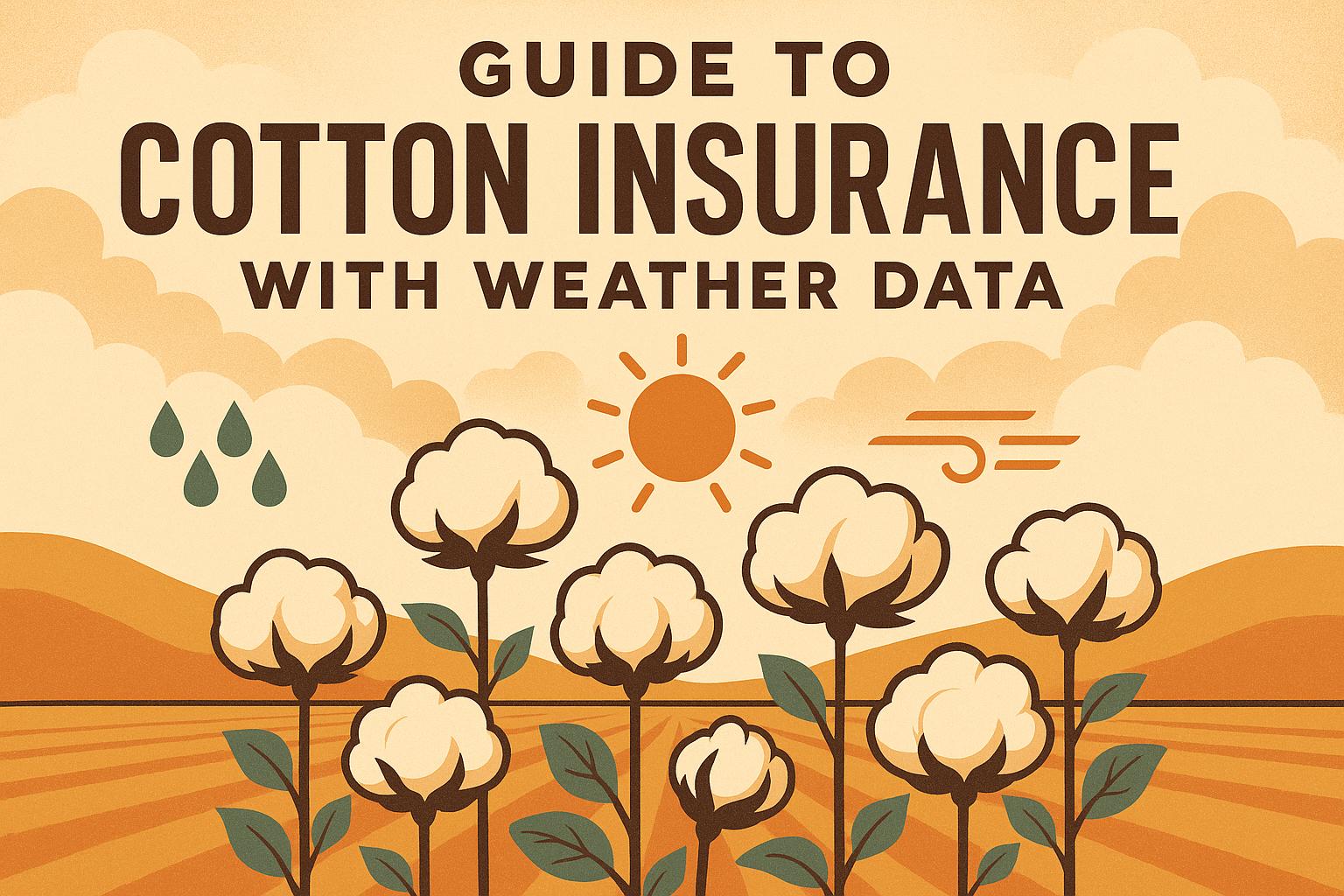Imagine a farmer in your area needs to find a cotton gin quickly. They pull out their smartphone and search "cotton gin near me." Does your gin show up in the results? If not, you’re missing out on potential business. In 2025, having a website isn’t just a luxury—it’s a necessity for any business, including cotton gins. As the world becomes increasingly digital, even traditional industries like cotton ginning must adapt to stay relevant and competitive. This blog post will explore seven compelling reasons why your cotton gin needs a website in 2025 and how it can transform your business for the better.
Visibility and Accessibility
In today’s digital age, the first place people turn to when looking for services is the internet. According to Google, 97% of consumers search online for local businesses. Whether it’s a farmer needing ginning services or a supplier looking for a reliable partner, they’re typing queries into search engines like Google. If your cotton gin doesn’t have a website, you’re essentially invisible to these potential customers. A website ensures that when someone searches "cotton gin near me" or "cotton ginning services in [Your Location]," your business has a chance to appear in the results.
Beyond visibility, a website offers unmatched accessibility. Unlike your physical gin, which has set operating hours, a website is available 24/7. This means customers can learn about your services, check your hours, or get in touch with you at any time—day or night. For example, a farmer working late might need to confirm your location or contact details after hours. With a website, they can do that without picking up the phone or waiting until morning. This constant availability can lead to more inquiries and, ultimately, more business for your gin.
Consider this: over 60% of searches now come from mobile devices. A mobile-friendly website ensures that customers on the go—whether they’re in the field or on the road—can easily find and interact with your business. In 2025, failing to be online is like locking your doors during peak season.
Credibility and Trust
A professional website does wonders for your cotton gin’s reputation. Studies show that 56% of people don’t trust a business without a website. In an era where digital presence is expected, not having one can make your gin seem outdated or unreliable. On the other hand, a well-designed website signals that you’re a legitimate, established operation invested in serving your customers.
Your website is also a platform to showcase your expertise and build trust. Include an "About Us" page that tells your gin’s story—how long you’ve been in business, your commitment to quality, or your ties to the local community. Add testimonials from satisfied customers to provide social proof. For instance: "Johnson Cotton Gin has been a game-changer for our farm. Their efficiency and attention to detail are unmatched." Quotes like this can tip the scales when a potential customer is deciding between you and a competitor.
A website also lets you address skepticism head-on. If a farmer wonders about your reliability or capabilities, a polished online presence with clear information and customer feedback can put their mind at ease. In 2025, credibility is increasingly tied to your digital footprint—don’t let the absence of a website undermine yours.
Information Hub
Your website can act as a central hub for all the essential information about your cotton gin, making it easier for customers to do business with you. At a minimum, include the following pages:
- Home: A welcoming overview of your gin and what you offer.
- Services: A clear list of what you provide—ginning, baling, storage, etc.
- Location and Contact Details: An address, phone number, and a map so customers can find you easily.
- Hours: Your operating schedule, especially during busy seasons like harvest time.
- About Us: Your gin’s history and values to connect with visitors.
Keeping this information current is key. If a customer arrives based on outdated hours or a wrong phone number, it could cost you their trust—and their business. Beyond the basics, consider adding a blog or news section. Share updates like equipment upgrades, seasonal tips for farmers, or industry news. For example, a post titled "How to Prepare Your Cotton for Ginning" could attract visitors while positioning you as a knowledgeable resource.
This hub doesn’t just benefit customers—it saves you time, too. Instead of answering the same questions over the phone ("What are your hours?" "Where are you located?"), direct people to your website. In 2025, customers expect instant access to information, and a website delivers that convenience.
Customer Engagement
A website isn’t just a billboard—it’s an interactive tool that can enhance how customers connect with your gin. Simple features can make a big difference:
- Contact Forms: Let customers send inquiries or requests anytime, without needing to call during business hours.
- Live Chat: Offer real-time support for quick questions like "Do you process organic cotton?"
- Online Booking: If your gin schedules appointments, let customers reserve a slot directly on your site.
These tools streamline communication, saving time for both you and your customers. Imagine a farmer needing to confirm a pickup time but unable to call during your busy hours. A contact form or booking system solves that problem effortlessly. You could also add an FAQ section to address common queries: "What types of cotton do you process?" or "Do you offer storage services?" This reduces repetitive calls and lets you focus on running your gin.
Engagement goes beyond convenience—it builds relationships. Responding promptly to inquiries or offering helpful resources shows customers you value their time and business. In 2025, these small touches can set you apart in a competitive market.
Marketing and Promotion
A website is a powerful marketing tool that can help your cotton gin reach more customers. The key is search engine optimization (SEO), which makes your site more likely to appear at the top of Google results. Think of SEO as putting up a sign on a busy highway—the better your "sign" (website), the more people notice you and stop by. Use relevant keywords like "cotton gin in [Your Location]" or "best ginning services" to attract local searches.
Content marketing takes this further. By creating blog posts or articles, you can draw in potential customers searching for related topics. For instance:
- "Top 5 Tips for Preparing Cotton for Ginning"
- "Why Local Ginning Matters for Your Farm"
- "The Benefits of Modern Ginning Technology"
Each piece of content is a chance to showcase your expertise and subtly promote your services. Share these posts on social media or via email to extend your reach. Over time, this builds a steady stream of visitors who may become customers.
Your website can also integrate with other marketing efforts. Add a newsletter signup form to collect emails for updates or promotions. Link to your social media pages to keep the conversation going. In 2025, a website ties all these strategies together, amplifying your marketing in ways traditional methods can’t match.
Competitive Advantage
By 2025, not having a website could put your cotton gin at a serious disadvantage. If your competitors have an online presence and you don’t, they’re more likely to win over customers simply because they’re easier to find and learn about. A website levels the playing field—and can even give you an edge.
Highlight what makes your gin unique. Maybe you offer faster turnaround times, eco-friendly processes, or personalized service. A website lets you showcase these strengths with photos, customer stories, or detailed service descriptions.
Without a website, you risk looking outdated. In a digital-first world, customers associate an online presence with professionalism and relevance. Don’t let competitors outshine you—use a website to stand out and capture the business you deserve.
Cost-Effectiveness
You might assume a website is an expensive luxury, but it’s one of the most cost-effective investments you can make. A basic site can be built for $500-$1,000 using affordable website builders or freelance designers, with annual hosting and maintenance costs as low as $100-$200. Compare that to traditional advertising: a single newspaper ad might cost $1,000, and a billboard could run into thousands, with no guarantee of reaching your target audience.
Gringo Press can do it all for you - right now.
A website offers measurable value, too. Tools like Google Analytics (free to use) show you how many people visit your site, where they come from, and what they’re interested in. This data helps you refine your approach and focus on what works. Plus, unlike a one-time ad, a website keeps working for you year-round, reaching a broader audience without geographical limits.
Even if your focus is local, a website can attract farmers from neighboring towns or counties who need reliable ginning services. In 2025, this kind of reach is a bargain compared to the cost and effort of traditional marketing.
Addressing Common Concerns
You might have reservations about getting a website. Let’s tackle a few common ones:
- "My business is mostly word-of-mouth—do I need a website?" Word-of-mouth is great, but a website amplifies it. Customers can share your site online, leave reviews, or recommend you with a link. It extends your reach without replacing what’s already working.
- "Websites are too expensive or complicated." Not true! Affordable options like Wix, Squarespace, or WordPress make it easy to create and maintain a site. A simple one-page design with your hours, services, and contact info can be enough to start. Freelancers can build it for you at a reasonable rate, and basic updates—like changing hours—require no technical skills.
- "I don’t have time to manage it." A website doesn’t need constant attention. Set it up with the essentials, and update it as needed—once a month or even once a season might suffice. The time you save answering fewer phone calls could offset any effort.
The long-term benefits—new customers, better service, a stronger reputation—far outweigh the initial investment. In 2025, the real cost is not having a website at all.
Conclusion: Don’t Get Left Behind
In 2025, a website is no longer optional for your cotton gin—it’s a necessity for staying competitive and meeting customer expectations. It boosts your visibility, builds trust, and provides a hub for information and engagement. It’s a marketing powerhouse, a competitive edge, and a cost-effective way to grow your business. Even a simple site can make a significant difference in attracting new customers and keeping existing ones happy.
The trend is clear: more people, even in rural areas, are relying on the internet to find services. With over 60% of searches coming from smartphones, your customers are already looking for you online. Don’t let them find your competitors instead. Start building your online presence today—whether you hire a web designer, use a DIY platform, or just plan your next steps. Your future customers are waiting. Make sure they can find you.


